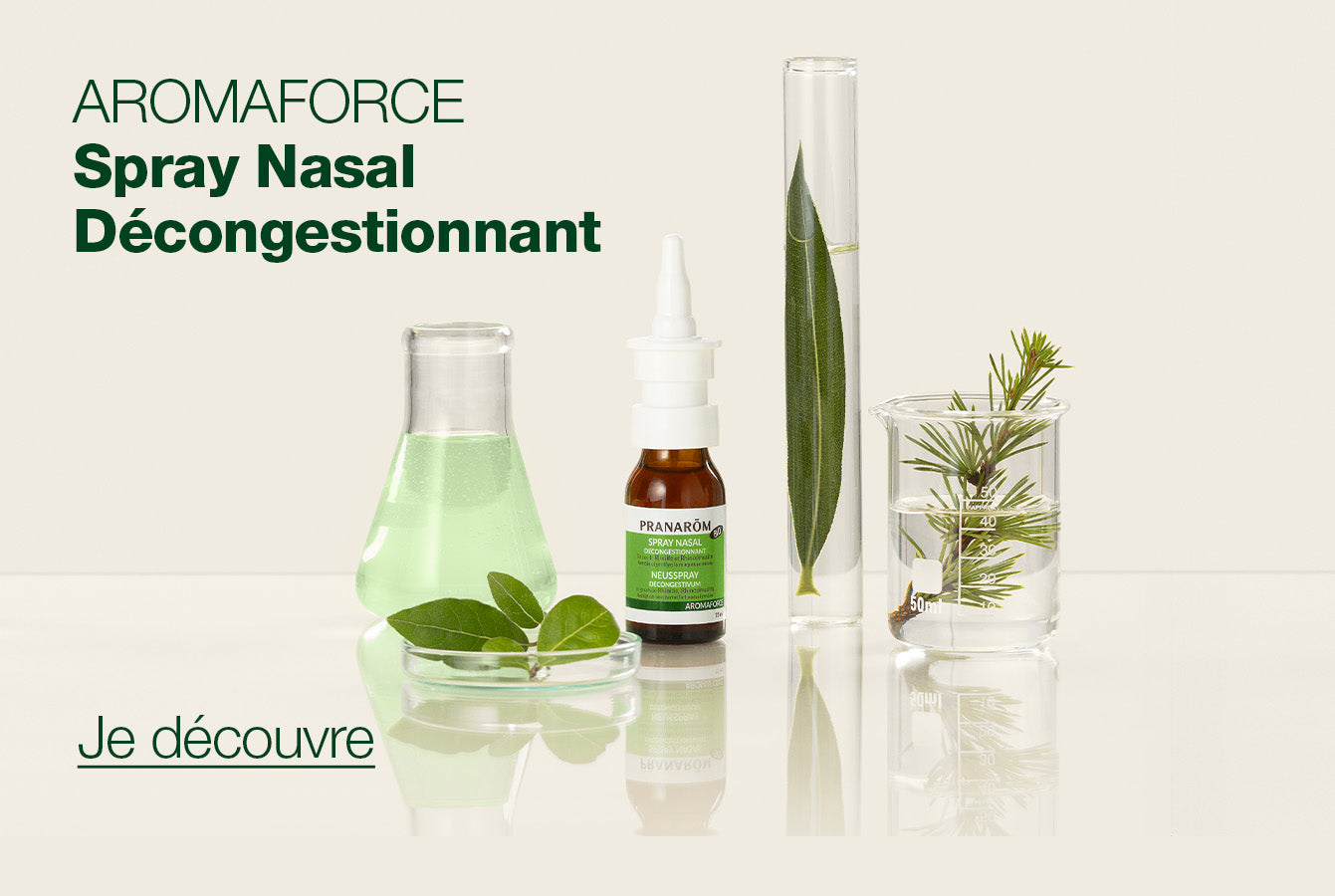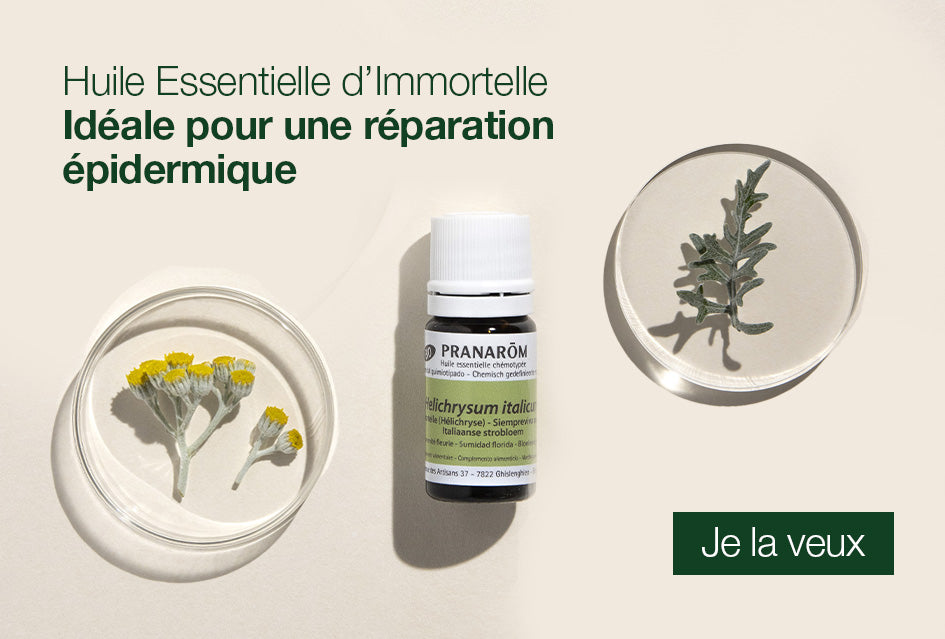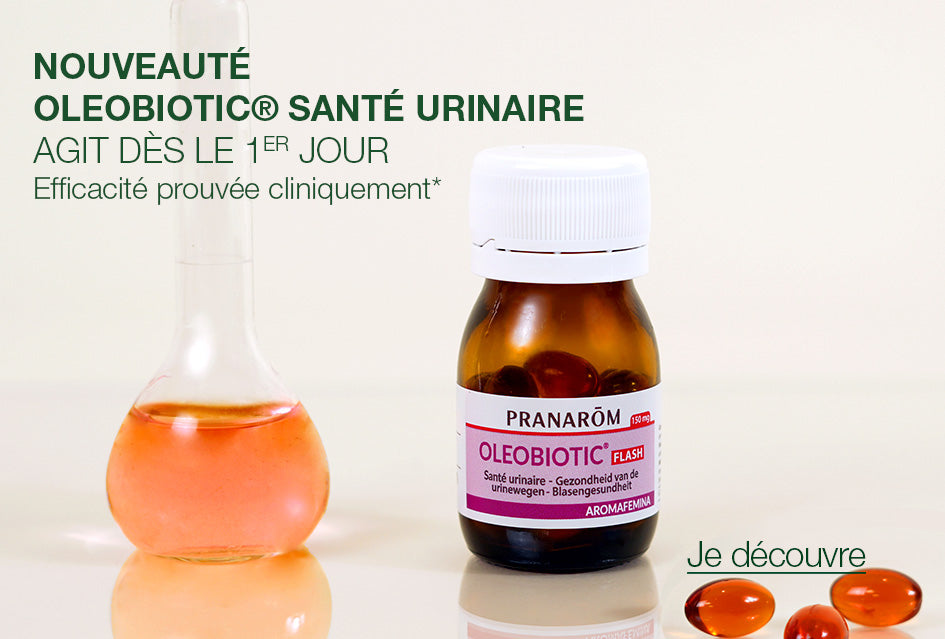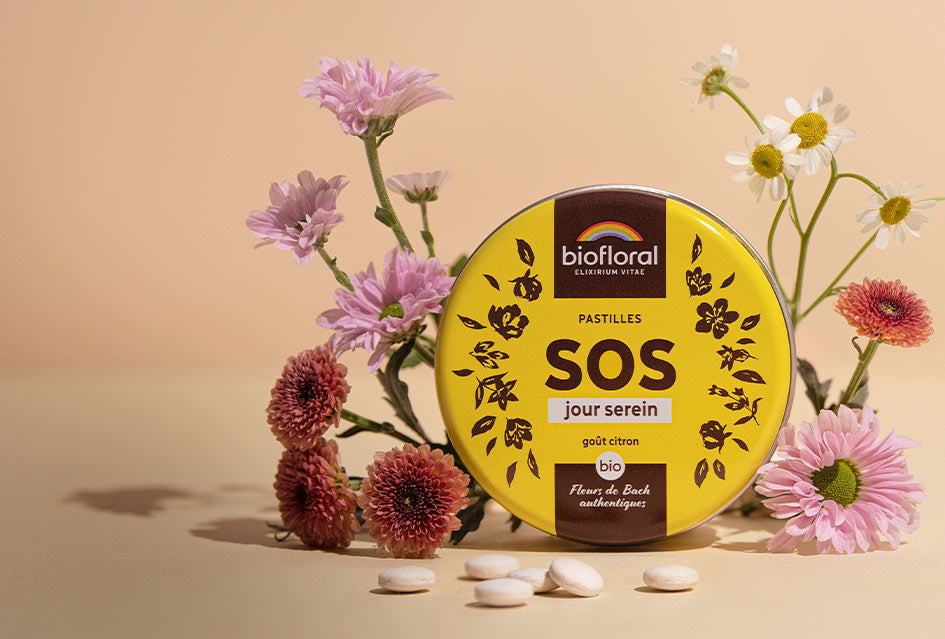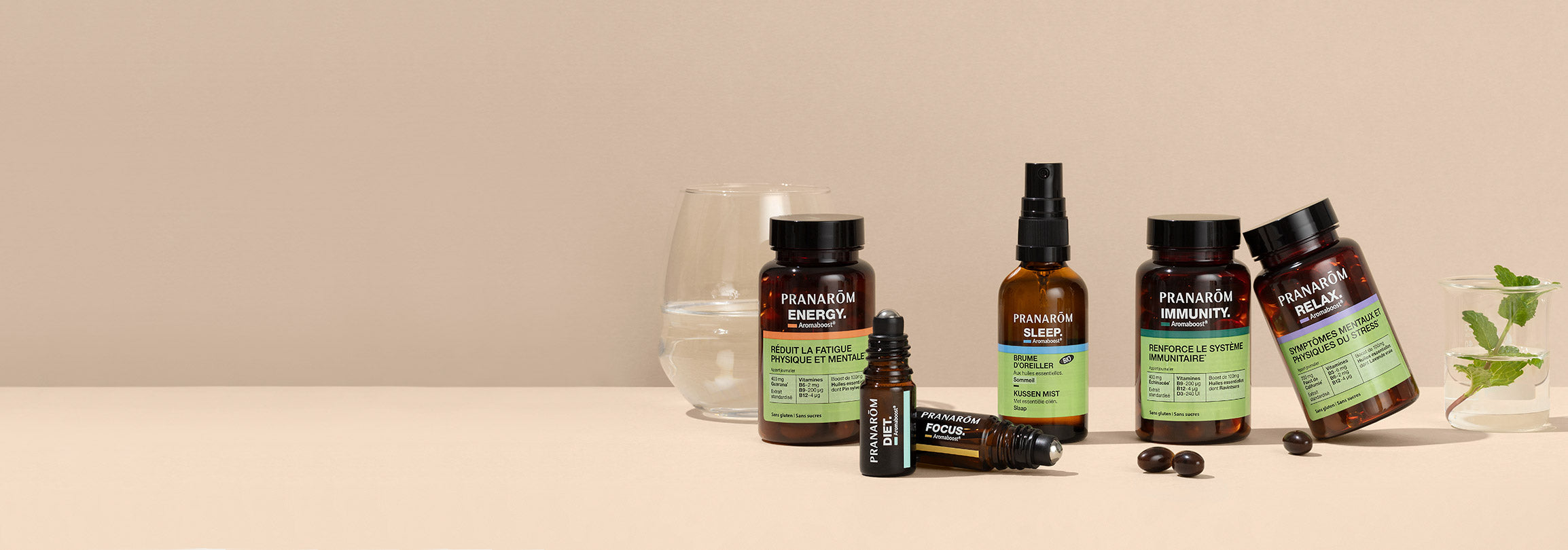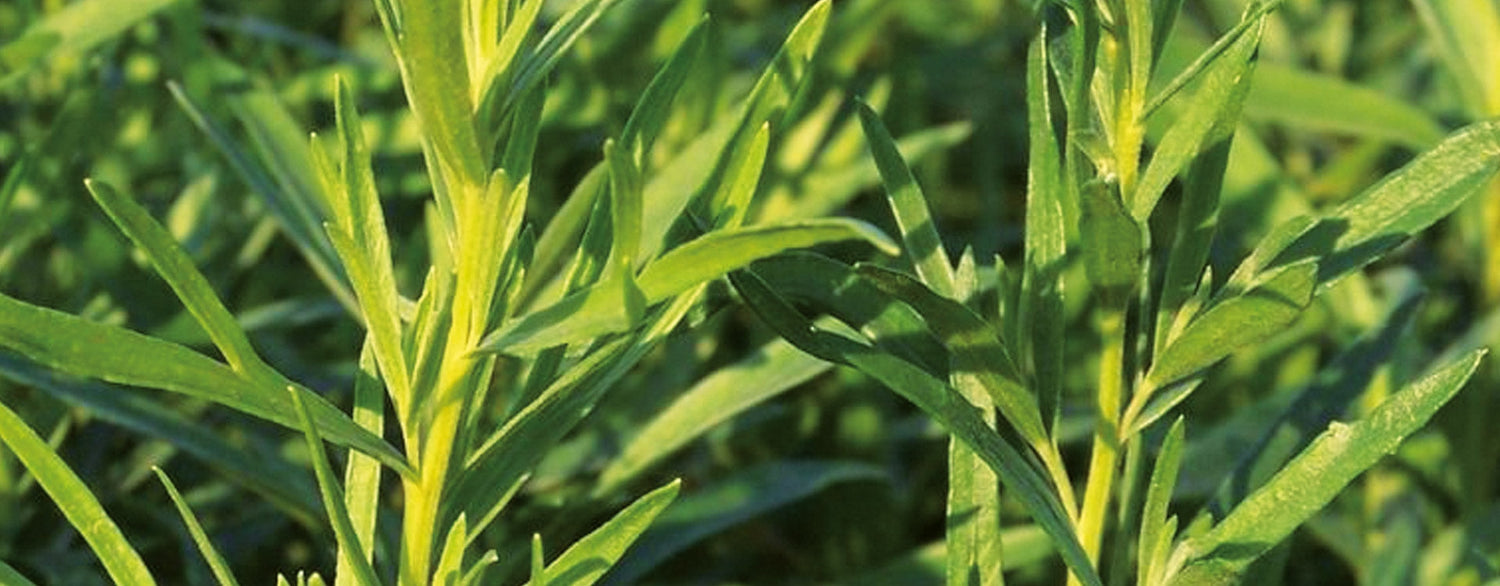Tarragon Essential Oil Dangers: Myth or Reality?
Basil and Tarragon Essential Oil containing estragol have been used since ancient times without ever presenting any real toxicity to humans and animals. The main constituents of Basil essential oil are estragol (methyl chavicol) 74% and linalool 19.5% and the main constituents of Tarragon essential oil are estragol 70% and Trans and Cis-b-OCIMENE 25%. The percentage of estragol can be higher in some species (85%).
Unfortunately, the high percentage of estragole has given these plants a bad reputation. They are said to be dangerous, toxic, carcinogenic, not recommended for aromatherapy, and so on. Is there any danger in tarragon essential oil ? We'll explain!
Tarragon Essential Oil Dangers: What's Really Happening?
Methyl chavicol, or estragol, is a member of the 'alkyl benzenes' family. It is in the same family as safrole (from sassafras), methyl eugenol, anethole, and elemicin. Some of these compounds, notably safrole, have been shown to be carcinogenic in some studies. This has led to safrole being permitted only in tiny amounts in foods and perfumes, or even banned altogether.
The metabolite of estragol in question is hydroxyestragole . It metabolizes into sulfooxyestragole and hydroxyestragole oxide. These compounds, at high doses, can induce DNA mutations and possibly be carcinogenic.
It is important to know that hydroxyestragole can only be produced by metabolism from a large amount of estragol. In the case of laboratory rodents, 0.5 g/kg of body weight is required. By comparison, for an adult weighing 70 kg, a dose of 35 grams per day is required, that is to say approximately 47 grams (50 ml) of tarragon or basil essential oil very rich in estragol. However, this is a huge amount that you will never consume with a few drops of oil here and there!
With smaller doses of basil essential oil, hydroxyestragole is only formed or produced in tiny amounts in essential oils.
Studies not representative of the effects on humans
Studies on estragol have shown that the NOAEL (No Observable Adverse Effect Level) in rats and mice is approximately 260 mg/kg on average. This is equivalent to 23 grams (25 ml) of basil essential oil for a 70 kg adult.
It should be noted that in these genotoxicity and carcinogenicity studies, we always used high doses of pure (isolated) estragol and not in a mixture as is the case with plant extracts or essential oils. The overall effect and protective potential of interactions of other molecules present in an essential oil or plant extract have not been studied.
In a 2008 study, Jeurissen, SMF et al. showed that the bioactivation of hydroxyestragole and the adverse effects of its derivatives could be reversed if basil extract is used instead of estragol alone. This group of researchers showed that basil extract completely inhibits the aberrations induced by pure hydroxyestragole on the DNA of human hepatoma HepG2 cells.
Evolution of the regulatory framework for Tarragon and Basil essential oils since 2019
In 2018, a scientific review of all available data concluded that there was a significant risk of estragol carcinogenicity. While there is still insufficient data to determine at what dosage the risk becomes significant, it now appears clear that the risk is not zero and it is therefore preferable to take precautionary measures.
In January 2019, the DGCCRF no longer included Exotic Basil in its list of essential oils that can be used in food supplements.
In France, tarragon is still authorized with a limited dose of estragol. The DGCCRF has thus accepted the maximum safe dose of 0.05 mg/kg/day for estragol. This corresponds to 3.1 mg of tarragon/person/day, or approximately 1/10 of a drop. This is why Pranarom now offers a diluted solution.
In other European countries, since 2019, Exotic Basil, Methyl Chavicol and Tarragon have been banned as food supplements.
PRANAROM: a responsible choice
Based on the scientific data currently available, we can neither confirm with certainty that the occasional consumption of a low dose of "estragol" essential oil represents a significant health risk, nor assure that such consumption is perfectly safe for the user.
Faced with this uncertainty, and as a leader in Scientific Aromatherapy, Pranarôm has therefore taken the initiative to no longer recommend the consumption of the two essential oils rich in estragol, namely Ocimum basilicum CT estragol and Artemisia dracunculus essential oil.
We are aware that the antispasmodic properties of this molecule and the oils that contain it in large quantities are widely recognized and have been used for decades without causing any problems. However, our desire to always guarantee total safety to our users requires us to take all necessary precautions. As a rigorous health player, the adage "Primum non nocere" ("First do no harm") must remain our top priority.
To summarize:
Tarragon ( Artemisia dracunculus )
|
Tarragon ( Artemisia dracunculus ) |
Basil ( Ocimum basilicum ) |
||
|
BEFORE |
Authorized as a food supplement in all countries of the European Union |
Authorized as a food supplement in all countries of the European Union |
|
|
NOW New regulations |
Authorized as a food supplement in France, Italy and Spain. Limited in Estragol concentration. Prohibited as a food supplement in Belgium. |
Banned as a food supplement in any European country |
|
|
Therapeutic alternatives |
For the allergic sphere: essential oils rich in anethole such as Sweet Fennel ( Foeniculum vulgare var. dulce ) or Star Anise ( Illicium verum ) |
For the digestive system: essential oils rich in carvone such as Dill ( Anethum graveolens ), Caraway ( Carum carvi ) |
|
|
|
|
|
|
|
For the die-hard fans |
PRANAROM launch October 2019 , in France, Italy and Spain of a "5% pre-diluted Tarragon" as a food supplement (estragole level meets standards) |
PRANAROM launch October 2019 , in all EU countries, of an essential oil of Basil CT linalool categorized in cosmetics |
Bibliographic references:
- Ron Guba, Beneficial Basil, Essential News, Essential Therapeutics, The Ultimate Practitioner Range Vol. June 18, 2005
- Aruna K, Sivaramkrishnan VM. Plant products as protective agents against cancer. Indian Journal of Experimental Biology 1994; 47 (11): 2063-2068
- Mills S, Bone K. Principles and Practice of Phytotherapy Churchill Livingstone 2000, p157
- Final position paper on herbal medicinal products containing estragole. The European Agency for the Evaluation of Medicinal Products March 2004.
- Suzanne MF Jeurissen, Ans Punt, Thierry Delatour, Ivonne MCM Rietjens. Basil extract inhibits the sulfotransferase mediated formation of DNA adducts of the procarcinogen 1'-hydroxyestragole by rat and human liver S9 homogenates and in HepG2 Human Hepatoma Cells. Food and Chemical Toxicology 46 (2008) 2296–2302
- *182.20 Essential oils, oleoresins (solvent-free), and natural extractives (including distillates) that are generally recognized as safe for their intended use. US Department of Health and Human Services FDA Center for Food Safety. 21 CFR Ch. I (4–1–06 Edition). § 182.20. P.469
- *Final position paper on herbal medicinal products containing estragole. The European Agency for the Evaluation of Medicinal Products. European Medicines Agency. Evaluation of Medicines for Human Use. London 23 March 2004, EMEA/HMPC/337/03
- *Public Statement on the use of herbal medicinal products containing estragole. The European Agency for the Evaluation of Medicinal Products. European Medicines Agency. Evaluation of Medicines for Human Use. London, 23 November 2005. Doc Ref: EMEA/HMPC/137212/2005


